It’s National Pollinator Week and summer is officially here! Just like gardeners adapt to summer temps, so do pollinators like bees, butterflies, birds, and all kinds of insects. They need our help finding food, shade/shelter, and places to raise young. Good thing there are lots of plants that love our South Texas summer AND help meet these needs for pollinators. Here are our top 10!
1. Native Texas Sage
Texas Sage aka Barometer Bush flowers are a big food source for a variety of bees, butterflies, and moths in our area. Hard to find a tougher (or prettier!) shrub for full sun areas. The blooms open in response to changes in humidity and barometric pressure, typically just before or after a rain.
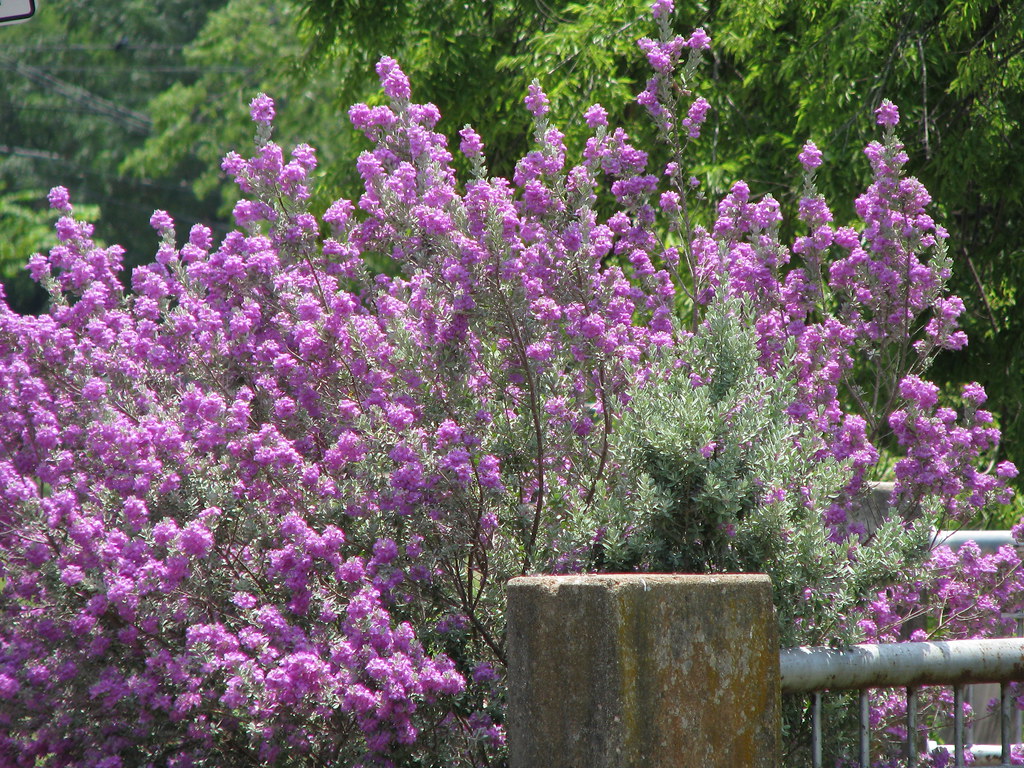
2. Golden Thryallis
Native to Mexico and well-adapted to South Texas, Thryallis is almost always blooming! Hummingbirds, bees, and butterflies can stop for a meal in spring, summer, and fall.

3. Basil
Of course we love eating and cooking with Basil, but it’s also a magnet for pollinators! A few Basil plants in your garden, especially the big-blooming varieties like Magic Mountain, will bring you lots of pollinators and more blooms everywhere.

4. Zinnias
Zinnias are a summer classic for South Texas. They’re easy to grow from seed or transplant, they love warm weather, and they just make you happy! They make bees happy too!
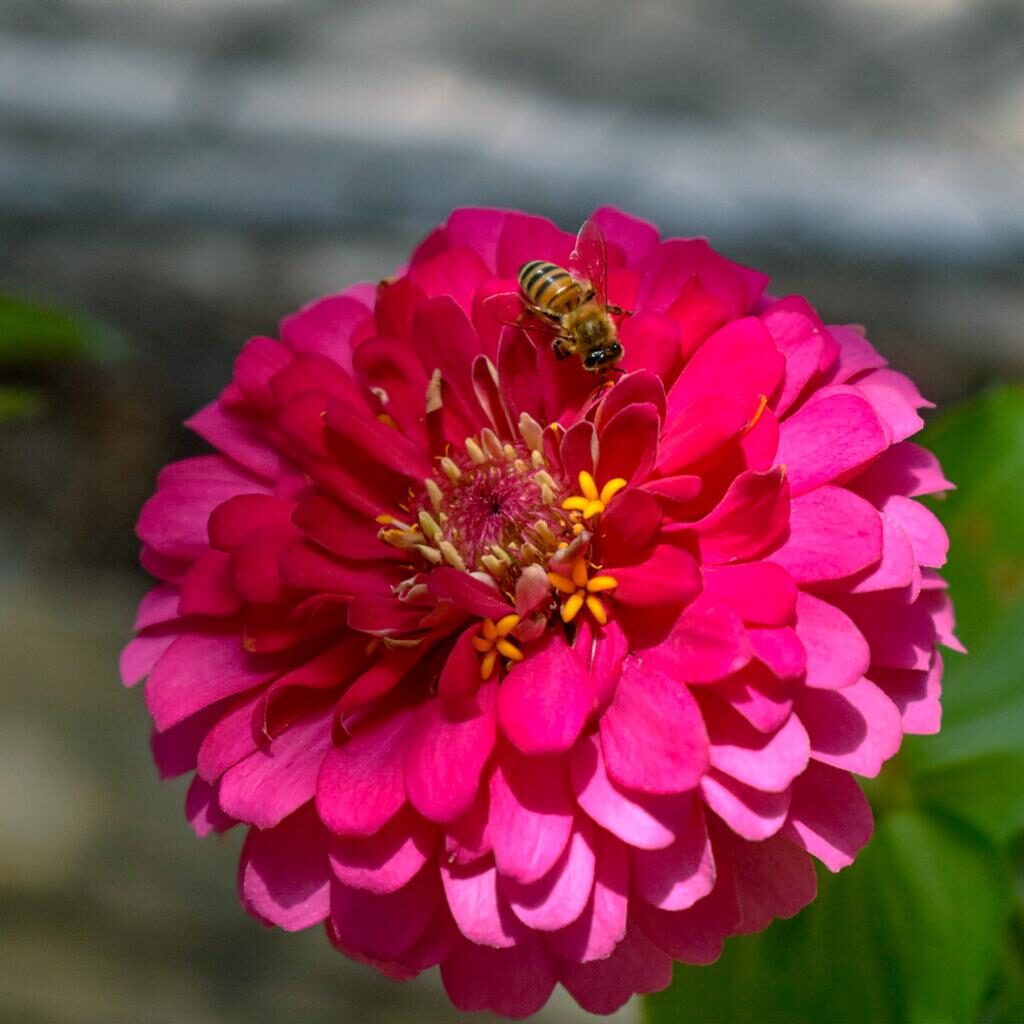
5. Turk’s Cap
Q: What blooms in the shade, blooms in the sun, provides food and shelter for birds and butterflies, doesn’t need much water, and is native to a huge swath of Texas?
A: Turk’s Cap!

6. Eleagnus
You may not think of Eleagnus when you think of pollinator plants, but we think you should! The flowers attract bees and other beneficial insects, and birds love the berries. And Eleagnus grows big enough (10’x10′) to create plenty of shade and shelter and a place to nest and raise young. Not to mention that Eleagnus is excellent for the coast due to it’s high tolerance of salty conditions.
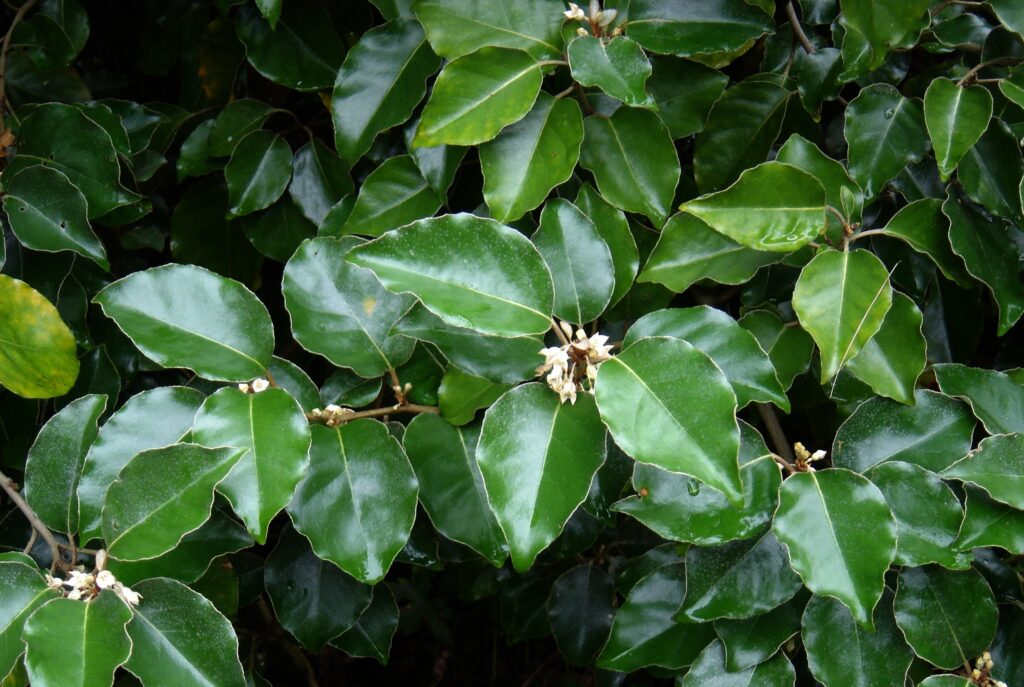
7. Henry Duelberg Salvia
Henry Duelberg is one of our native Texas salvias that hummingbirds, bees, and butterflies adore. They’re great on water and they just keep on blooming!
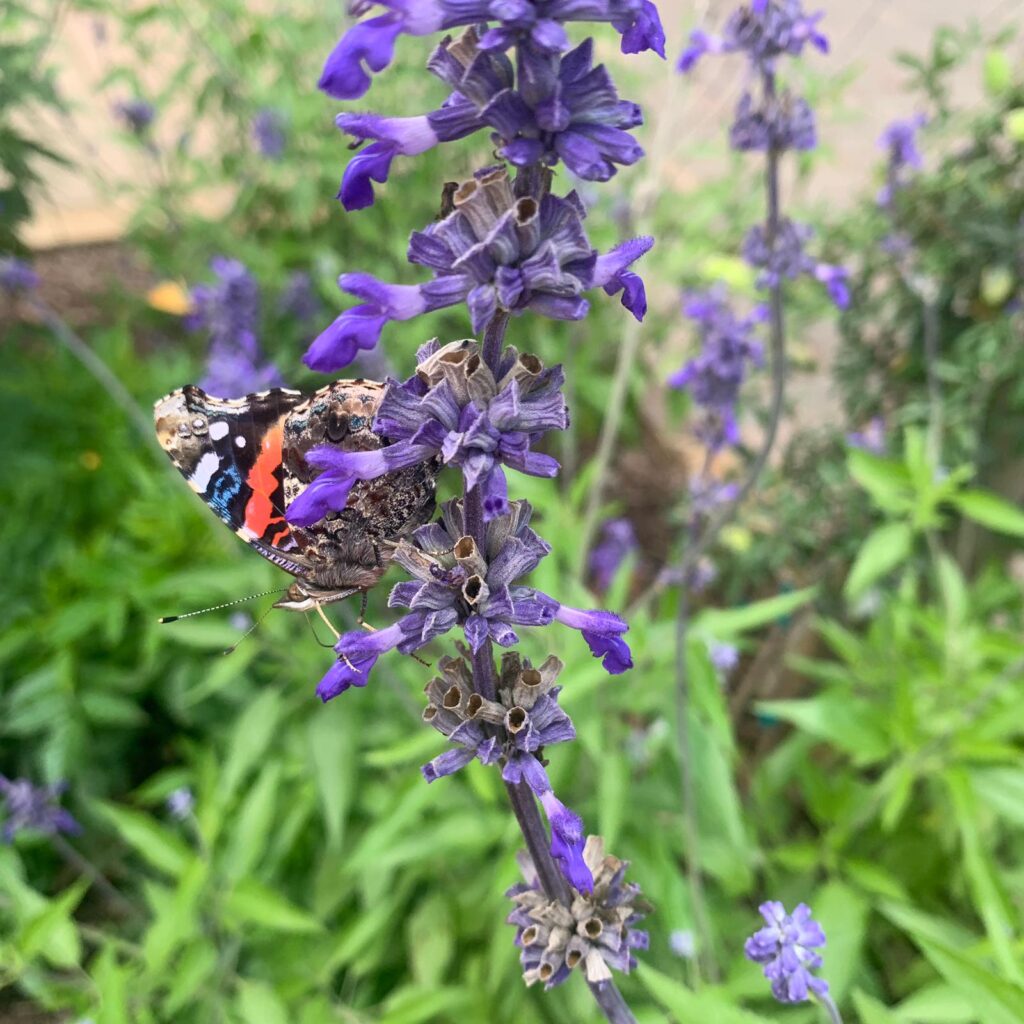
8. Firebush!
We consider Firebush to be THE hummingbird plant for South Texas. They absolutely thrive in summer – you’ll see them starting to bloom right about now. The tubular blooms are perfect for a hummingbird’s beak. Big, goofy carpenter bees love making their homes in the hollow branches of an established Firebush.
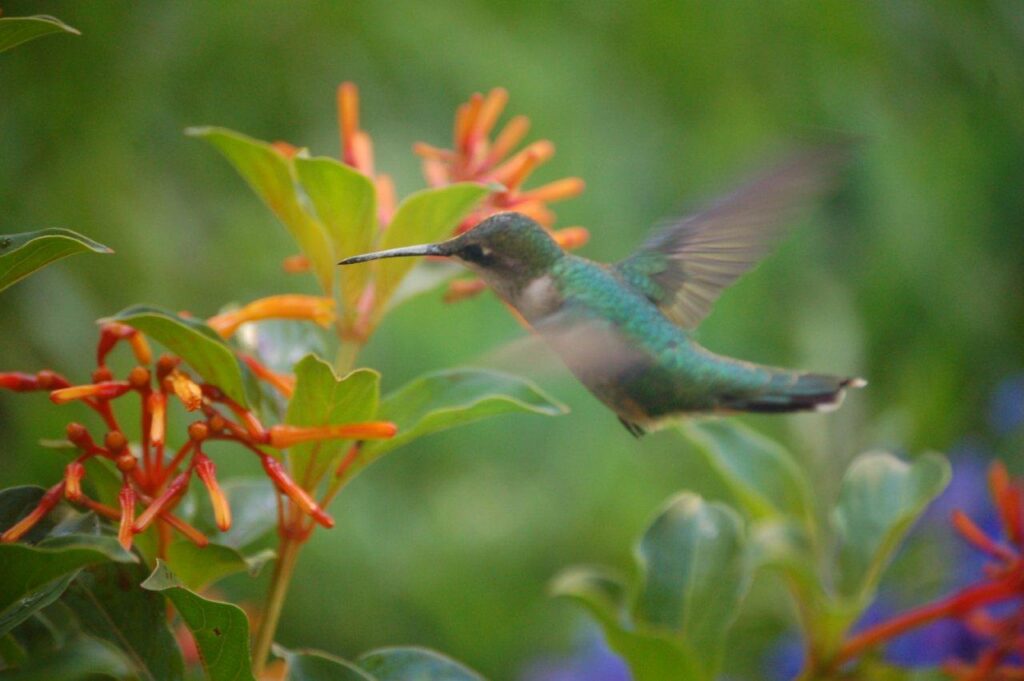
9. Esperanza
Carpenter bees love Esperanza! And we love watching them buzz and knock around all over the flowers. The big, bell-shaped blooms are perfect for big, round carpenter bees. Esperanza will keep blooming through the summer and fall.
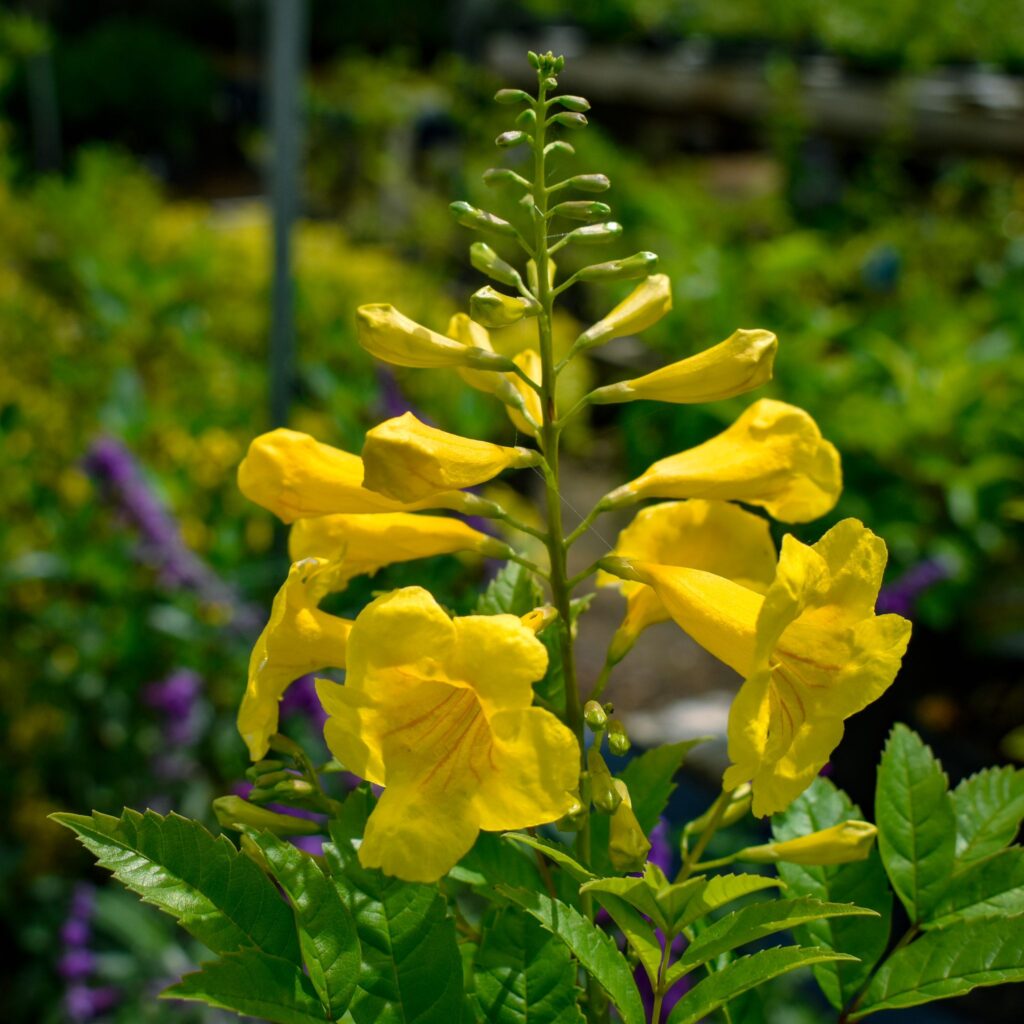
10. Grasses!
Planting grasses like our native Coastal Muhly grass or Purple Fountain grass, provides great shelter for birds and other small wildlife. And summer is a great time to plant so they establish roots and get ready to bloom beautifully in the fall.
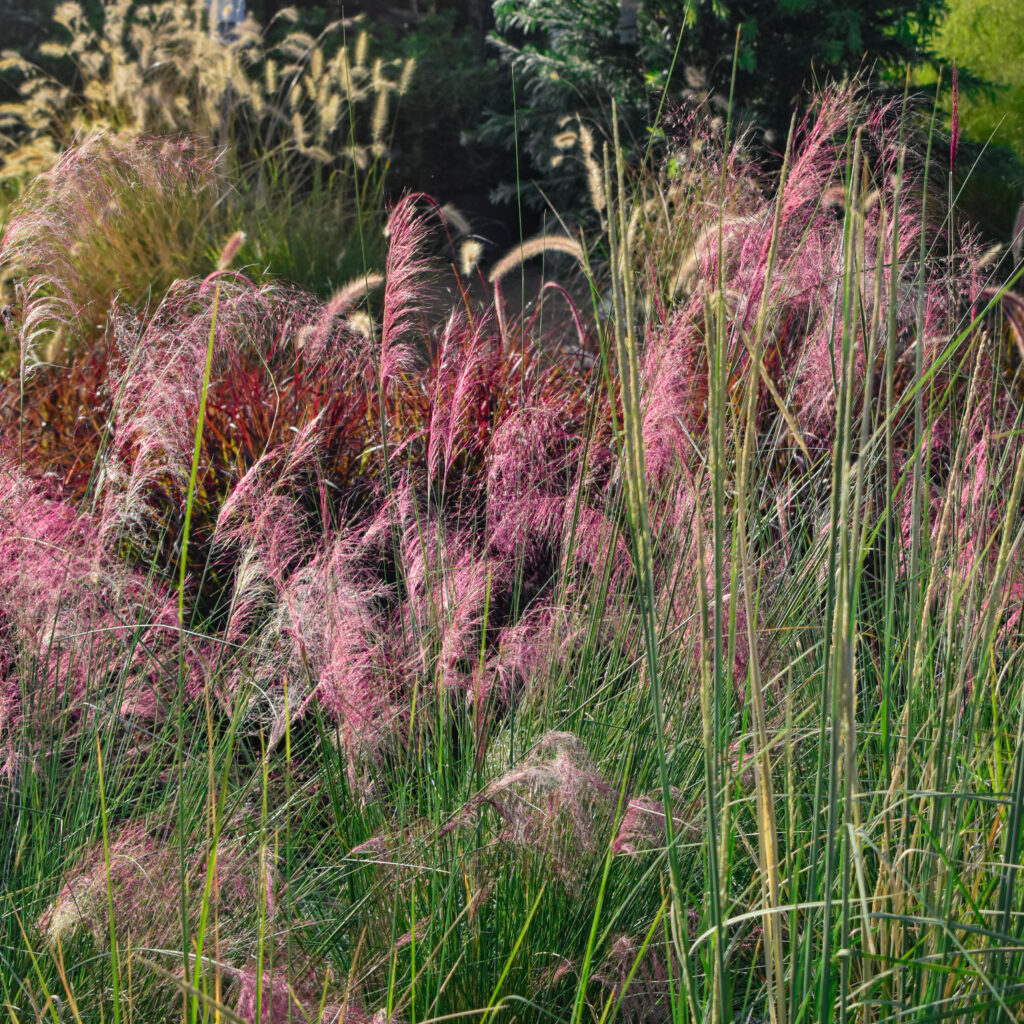
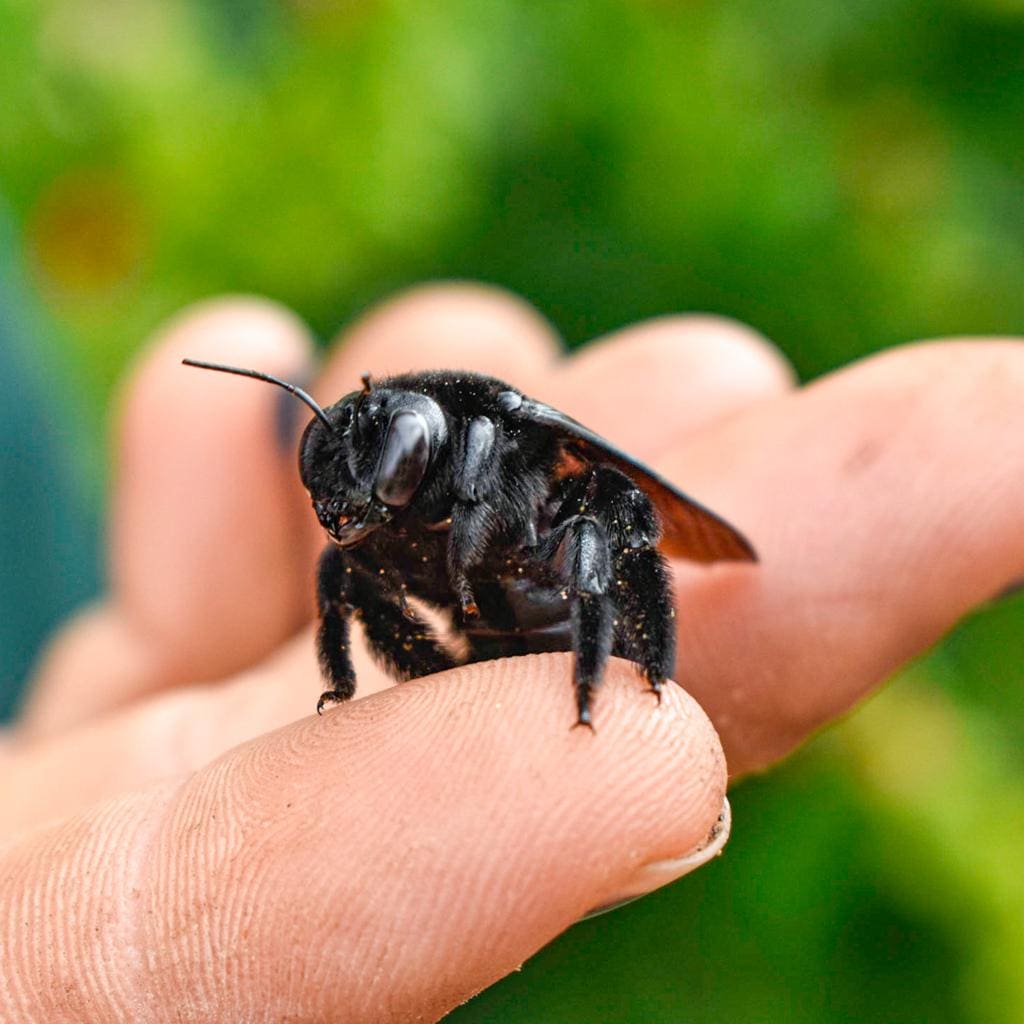


Florence Tissot says
Thank you for the super informative post. I already have most of these planted but now i want to plant more!
Linda frost says
Do Hydrangeas do well in South Texas? Do they need special care? LGF
Jesse Jenkins says
Hi Linda – no, Hydrangeas struggle in South Texas. That’s why we don’t typically carry them. If you have your heart set on hydrangeas, try them in containers in a part-shade location and add some peat moss to the potting soil more more acidity. Use rainwater a/c condensate for watering. Or you might substitute blue or white Plumbago, which has a comparable bloom and is much more suited for South Texas.